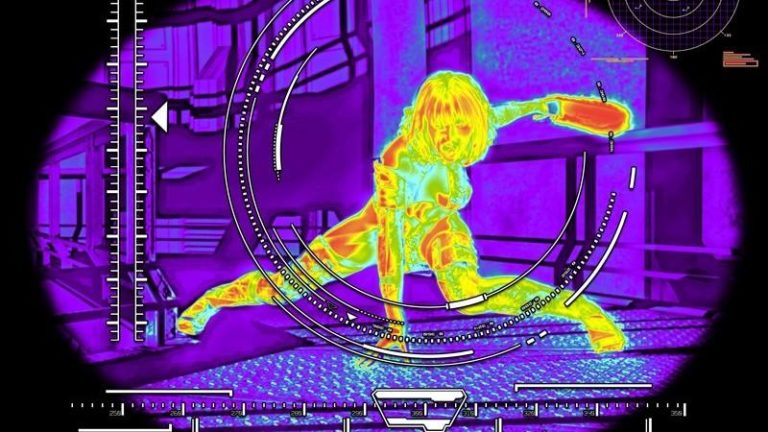HyperAI Introduction
An ordinary person living in a medium-sized city,
It may be captured more than 300 times a day by public cameras in the city.
Cameras are invading privacy all the time
Over the past decade, China has been the country with the fastest growth in surveillance cameras. As of the end of last year, a total of 176 million cameras were installed in public areas across the country, and surveys predict that the number of cameras installed in China will increase to 626 million within three years.
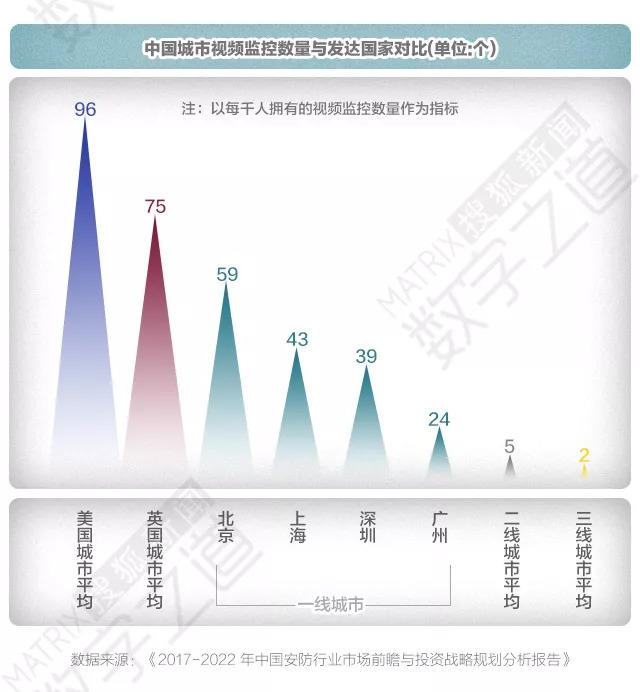
Taking the number of video surveillance cameras per thousand people as an indicator, the city with the highest camera density in my country in 2016 was Beijing, with 59 cameras per thousand people, equivalent to the UK average of 80% (75) and the US average of 60% (96).
There was once a BBC reporter who wanted to test how powerful China's surveillance was. With the cooperation of the public security department, he entered his facial information into the system and started to escape. Only seven minutes later, he was caught.

There have been many major cases involving cameras violating citizens' privacy. For example, at the end of 2017, 360 Water Drop Live silently uploaded users' camera surveillance videos.
Artist Xu Bing also created an experimental film "Dragonfly Eyes" to express the surveillance of life by cameras.The story told by the movie is a feature film with neither photographers nor actors, and all its images are from surveillance videos from public channels.
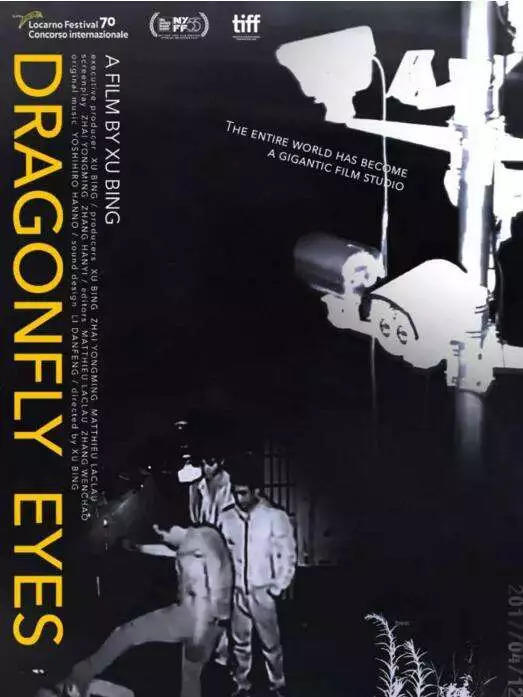
Someone is developing an elegant way to monitor space
But now all this is being changed by Density, an American sensor company, through AI technology.
The company has successfully achieved dynamic tracking of people indoors through machine learning and infrared technology, using only infrared rays without installing cameras. It is currently only used to measure the efficiency of space utilization.
In the police and action movies that everyone is familiar with, there will be such a scene: in an abandoned building, infrared imaging technology is used to discover the enemies hidden inside, and their number, position and movements are clearly shown.
With this accurate information, we can formulate corresponding strategies based on the enemy's situation and then break through in one fell swoop.
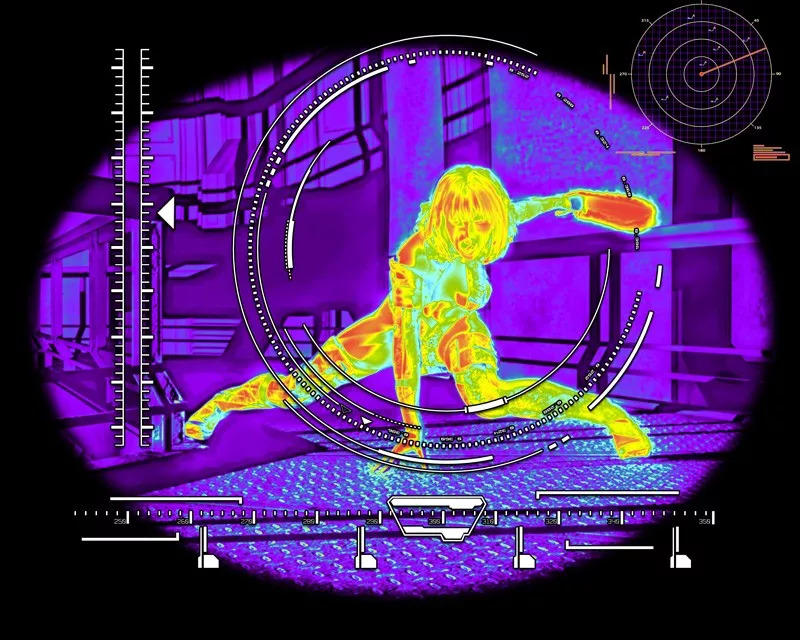
Traditional monitoring systems are mainly implemented through cameras, GPS and other devices, which can dynamically track people in a large area, but these devices generally have application limitations, especially privacy infringement.
The biggest advantage of using infrared imaging is that the camera will record private information such as faces and expressions, but infrared imaging is more about recording status and movements.
Privacy protection is Density The biggest advantage of the camera is that, unlike a camera, the sensor will not show the face of a person, but only the outline of a person, and cannot perform facial and gender recognition. Its recording subject is space, not people, so there are not many privacy issues.
Density was founded in 2014. The company designed its own DPU (deep learning unit) to perform crowd indicator analysis through depth measurement hardware and machine learning algorithms.
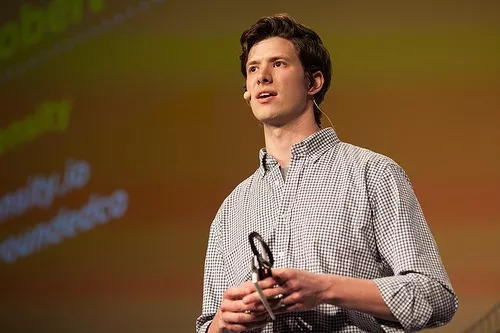
CEO Andrew Farah graduated from Syracuse University and was a data engineer. When he was working on estimating the flow of people in a coffee shop, he realized the prospect of crowd indicator analysis and decided to create Density. When designing the Density system, Farah tried many solutions and finally chose a system based on infrared technology and machine learning algorithms.
Density Design Idea
Density's sensor is a rectangular box, like a small laptop, only the size of an average person's palm. Although it looks simple, its structure is very complex, consisting of more than 800 parts. The sensor tracks movement frame by frame through two infrared lights to collect portrait information.
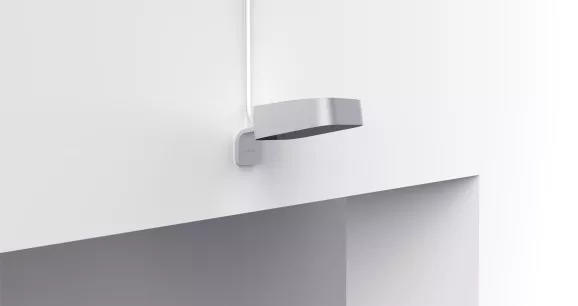
Through the DPU, the sensor can automatically filter out noise signals that affect statistics, such as boxes, carts, and carry-on items, etc. Then it measures the walking direction, speed, and distance between people.
All data will be transmitted to Density's cloud processor via WiFi for data analysis. Third-party data docking can be achieved through API.
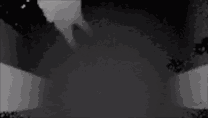
Density's hardware system is free to install and use, with only charges for data access.
If you are interested, you can check it out on their official website: https://www.density.io/
One of Density's clients is a large pharmaceutical company that is using the system to keep its restrooms clean.
That is, through human traffic detection, the cleaner will be prompted to re-place the cleaning agent after an average of every 70 uses.
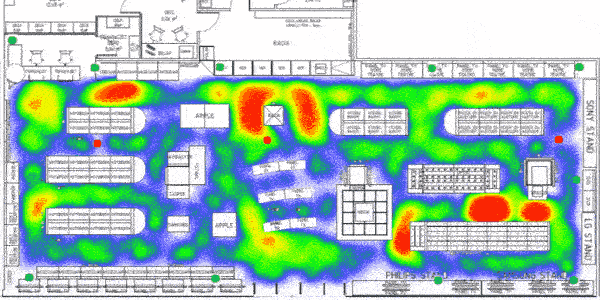
Uber, the US ride-hailing company, is also using the system, installing sensors at a service centre to ensure staff are always available without making them feel they are being watched.
Back to the camera
Most cameras in urban spaces are mainly used for urban security and traffic monitoring. Indeed, public space image monitoring systems have been proven to help cities increase crime detection rates.
China has built the world's largest video surveillance system, "China Skynet", which can clearly detect the type and color of vehicles on the road and the age, gender, clothing, etc. of pedestrians in real time, leaving criminals nowhere to hide.
However, my country has not yet enacted legislation on how to manage surveillance videos. There are only the "Regulations on the Management of Public Security Video Image Information Systems (Draft for Comments)" issued by the Ministry of Public Security at the end of 2016 and some local management regulations.
